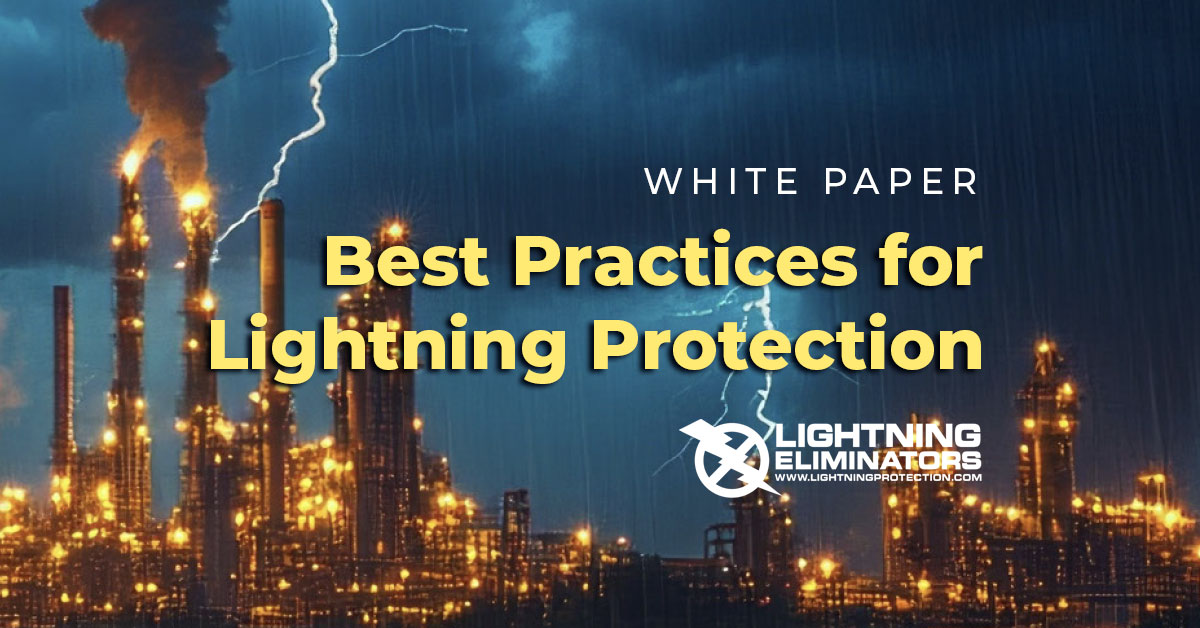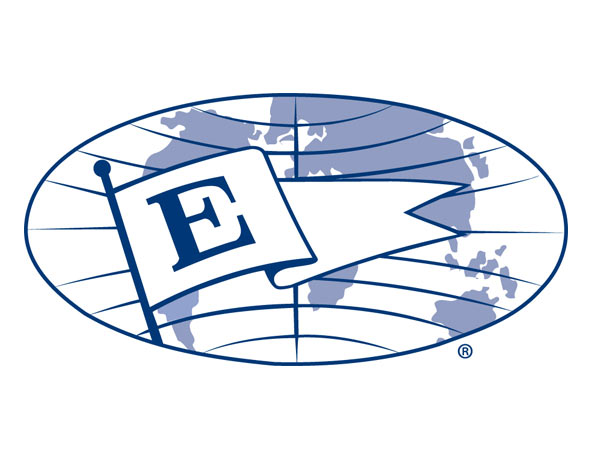DISSIPATION ARRAY® SYSTEM - DAS®
Lightning Prevention System
Don’t just protect against lightning, avoid it altogether to keep you running through the storm
The proprietary Dissipation Array System (DAS) from Lightning Eliminators is a patented solution engineered to prevent lightning strikes instead of just managing their effects.
How it works
Lightning is nature’s way of equalizing the voltage between storm clouds and the earth. For a strike to occur, a connection must be made. Lightning is an electric discharge that attempts to equalize voltage between storm clouds and the earth. The difference in polarity between the bottom of the cloud and the ground is the charge differential. When this charge differential is high, the cloud begins to form downward leaders and objects on the ground begin to form upward streamers. When a leader connects with a streamer, it gives lightning a path for exchanging charge between the earth and the cloud, reducing the charge differential to upward streamers.The DAS interrupts the formation of these upward streamers through point discharge, a phenomenon where a well-grounded point exchanges ions between the air and the ground. DAS technology interrupts the formation of upward streamers (charge transfer), preventing direct strikes to keep your operations running through the storm.
A Systems Approach
The Dissipation Array System is a key component of your lightning protection system, working with grounding and surge suppression to achieve complete protection. A typical system includes:- The Dissipation Array, available in a range of configurations for almost any structure.
- A low-impedance grounding system using chemically-charged electrodes (Chem-Rod®).
- Transient Voltage Surge Suppression (TVSS) to protect against transients traveling through data lines and other conductive paths.
- Modular strike prevention devices (Spline Ball Ionizer - SBI™) to supplement the Dissipation Array’s area of protection as needed.
Key Features and Benefits:
- Total Lightning Prevention. The Dissipation Array System prevents direct lightning strikes within the area of protection.
- Reduce Operating Costs. Protects against lightning damage, including fires, destroyed electronics, and downtime.
- Reliable. Our “No-Strike” warranty ensures complete protection on all LEC supervised installations.
- Universal. Engineered to integrate with any building, tower, tank, stack or other structure.
- Proven. DAS technology has been in use since 1971, protecting thousands of sites worldwide.
- No-Strike Warrenty. LEC extends a “Warranty” subject to “terms and conditions” and subject to inspection and maintenance.
Why Choose DAS to Prevent Lightning Strikes
Traditional lightning protection using lightning rods and other technologies are designed to give lightning a controlled pathway to the ground where the electrical charge can be dispersed. Instead of managing a strike, the DAS aims to prevent the likelihood of a strike in the first place.When used as part of a comprehensive Lightning Defense strategy, the DAS provides your operations and personnel the strongest defense against lightning related risks and keeps you running through the storm.

Hemisphere Array
Can be placed on any industrial or commercial structure, including poles, buildings, and towers.
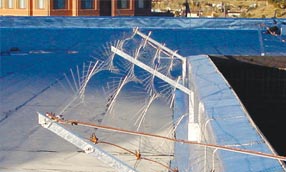
Parapet Array
For any commercial or industrial flat roof building with parapet around the edge
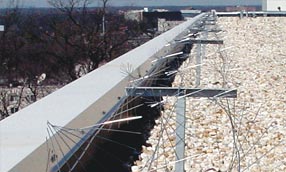
Flat Roof Array
For any flat-roof building. May be used to supplement protection on a roof that has a parapet array.
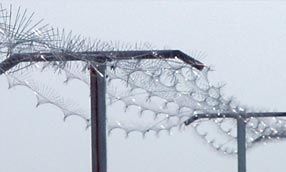
Paragon Array
Multiple use configuration. Variant commonly used on transmission and distribution lines.
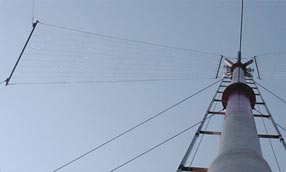
Trapezoid Array
For use on industrial and commercial structures with guy ropes. Effective even if not the highest point.
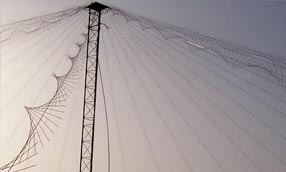
Conic Array
For cone roof and dome roof storage tanks. Commonly used in petrochemical and flammable storage industry.
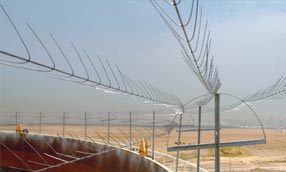
Rim Array
Designed for floating roof tanks used in petrochemical and flammable storage industry.
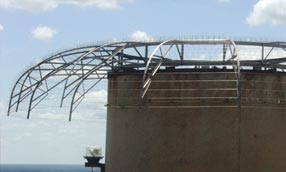
Stack Array
Used on industrial smoke/exhaust stacks. Corrosion resistant designs available.
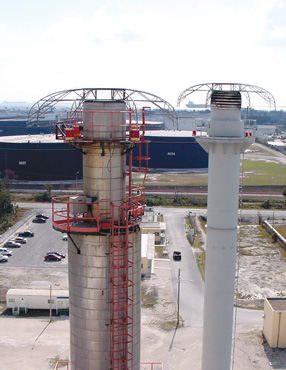
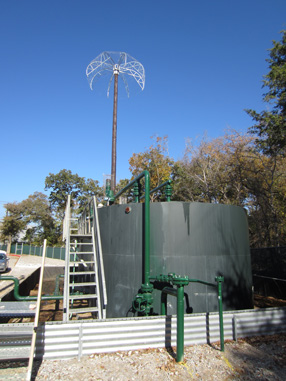


Rigs & Platforms: Assessing Vulnerability & Protecting Against Lightning Strikes
DAS® Product Overview
Article: Houston Chronicle
Article: Mission Critical
Article: Oil, Gas | Petrochemical
Case Study: Ashley Automation | Oil and Gas
Case Study: Mountain Village – City of Telluride - Transportation | Recreation
Case Study: Rigs and Platforms| Oil and Gas
Case Study: Tri-State Generation and Transmission Association | Power Generation
Presentation: Total Lightning Protection, by Peter Carpenter, 2012
Videos: Total Lightning Protection
Videos: Weather Channel
Terms & Conditions of Sale


